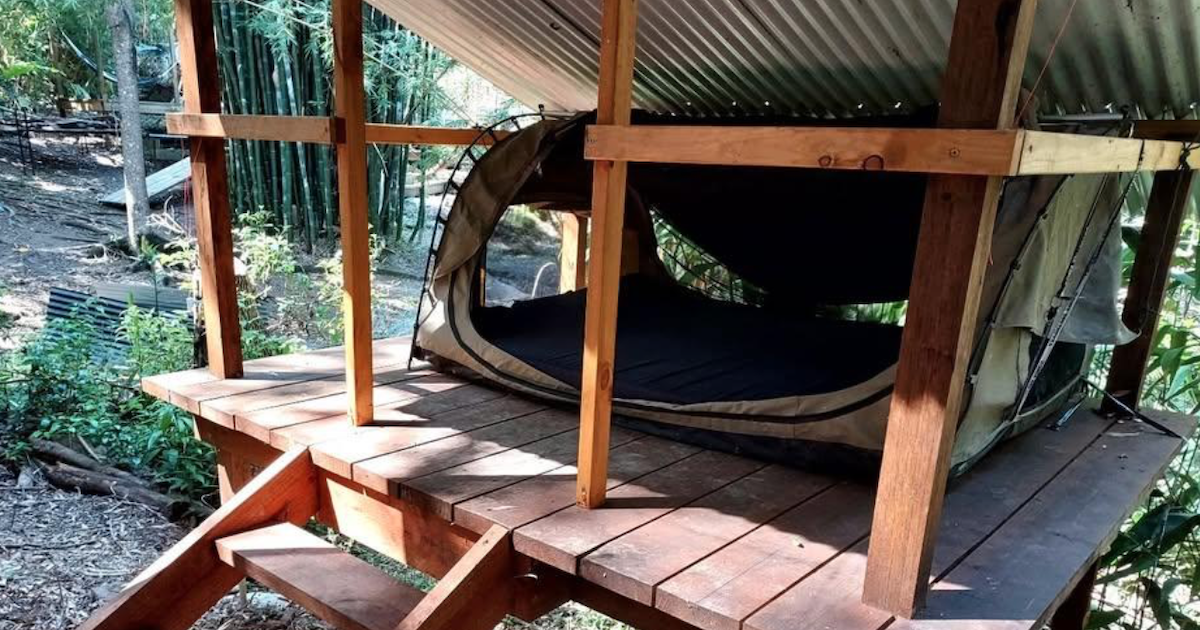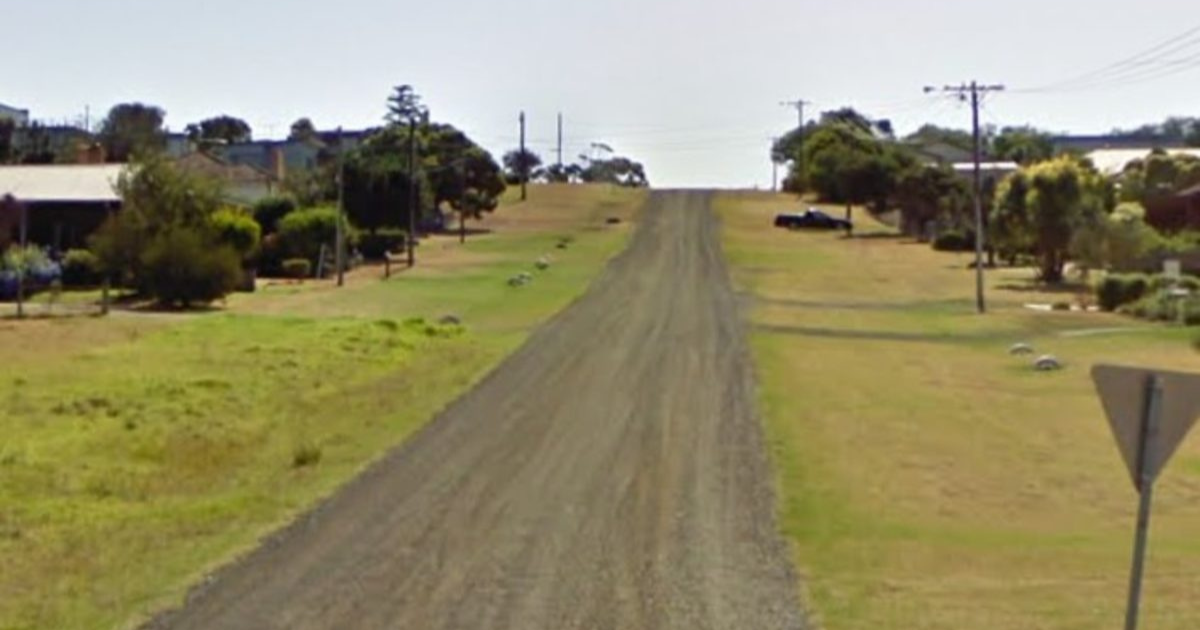Destructive urchins to be culled

Purple sea urchin numbers in Port Phillip have started causing some significant problems over the past decade.
THE destructive purple sea urchins responsible for a 90 per cent reduction of the kelp in Port Phillip Bay’s marine sanctuaries are being removed as part of a trial cull led by ecologists at Deakin University. Deakin researchers are working with the University of Melbourne, Parks Victoria divers and volunteer citizen scientists to carry out the work, aimed at re-establishing kelp canopies in the bay.
Dr Paul Carnell, an associate research Fellow in Deakin’s School of Life and Environmental Sciences and leader of the urchin culling project, said purple sea urchin numbers in Port Phillip had started causing some significant problems over the past decade, destroying critical kelp forests.
“Based upon data us and others had collected, in 2016 the Victorian Government’s State of the Bays report identified that the overabundance of purple sea urchins in northern Port Phillip Bay was a significant issue.
“We think that a decline in nutrient inputs into the bay during the millennium drought lead to less kelp and other seaweeds for the sea urchins to eat. Effectively, they got hungry and started eating almost all of the remaining kelp and seaweeds from these reefs.”
He said kelp provided an important marine habitat and therefore made a better environment for fishing, snorkelling and diving. “A loss of kelp forests results in a loss of species that rely on kelp for food and shelter. By restoring kelp cover we can return habitat essential to the juvenile and adult stages of many of Port Phillip Bay’s marine animals, including economically important species such as abalone.
“Intact native kelp beds also provide resistance against the invasive Japanese seaweed in the bay.” University of Melbourne research fellow Dr Rebecca Morris said the project aimed to establish how much people power, time and money was needed to make a significant difference.
“Unfortunately, it takes 10 urchins to eat all the kelp in a square metre, but you only need two or three to stop that area of kelp from coming back. “We have seen a shift in the balance of the reefs in the bay, and some areas seem unable to recover on their own, so they’ll need a little help from us.”
She said urchin numbers would need to be kept low for at least two years.

















